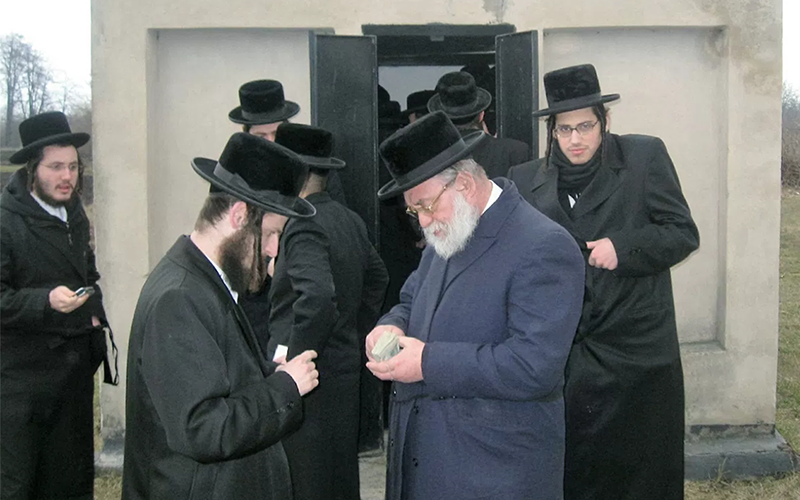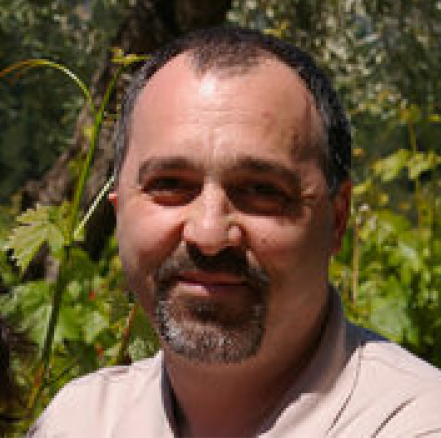Introduction
Yehuda Leib of Shpola (1725 – 1811), better known as the Shpoler Zeida (Yiddish for “Grandfather of Shpola”) or Saba Kadisha (Hebrew for “Holy Grandfather’), was a beloved Chassidic folk rebbe, great kabbalist, and a revered tzaddik (saintly or holy man) about whom many Jewish folk tales, stories, and legends abound. He was a first-generation disciple of the Baal Shem Tov. His mentors were Rabbi Pinchas [Shapira] of Koretz and Rabbi Yaakov Yosef of Polonnoye.
Yehuda Leib was born in a small village close to the town of Uman, in the Ukraine. His parents were Boruch Gerondi and Rachel. He and his wife, Pesya Mirel, had four sons: Boruch Gad (b. 1763), Abram (b. 1767), Yankel (b. 1770), and Peisach (b. 1775). They also had at least one daughter.
According to legend, the Shpoler Zeida received his Zeida nickname when, at his circumcision, the Baal Shem Tov, the founder of Chassidism, blessed him: “Let it be God’s will that you shall be a Zeida (grandfather) to the Jewish people.” After the Czar’s 1804 edict mandating that Jews adopt surnames, Yehuda Leib and his descendants became known by the Zeida surname.
Although the Shpoler Zeida was considered a true folk rebbe, he steadfastly refused all titles, never accepting a rabbinical position. Instead, he served as a shochet (ritual slaughterer), faith healer, teacher, and a loyal spokesman for the Jews before heaven, and he ordered his sons to act in the same way.
The Shpoler Zeida died in 1811; he outlived his mentor, Rabbi Pinchas of Koretz, by twenty years and the Baal Shem Tov by fifty years, but their teachings and beliefs were inextricably intertwined. He was such a beloved and revered tzaddik that Chassidic Jews make frequent pilgrimages to his gravesite, and annual seudas (memorial dinners) are still held in his honor on the 19th day of Shvat by his descendants all around the world. His fame lives on in popular culture, and there is even a Facebook site dedicated to him.
The Shpoler Zeida was a leader of the early Chassidic movement, and the reverberations of his life and teachings are still being felt today. And yet, there is little in the way of tangible evidence of his existence. He founded no rabbinical dynasty, he left behind no writings, and there are no known portraits of him. The Shpoler Zeida did, however, leave a tangible and very valuable gift behind – his DNA.
The Shpoler Zeida touched the world, and left his genetic fingerprints on it. Now, thanks to recent advancements in the science of genetic genealogy, we can identify those fingerprints. In this genetic genealogy research study, we focus on identifying the genetic fingerprint or signature of the Shpoler Zeida through Y-DNA testing of his paternal descendants. Continue Reading…
Authors



